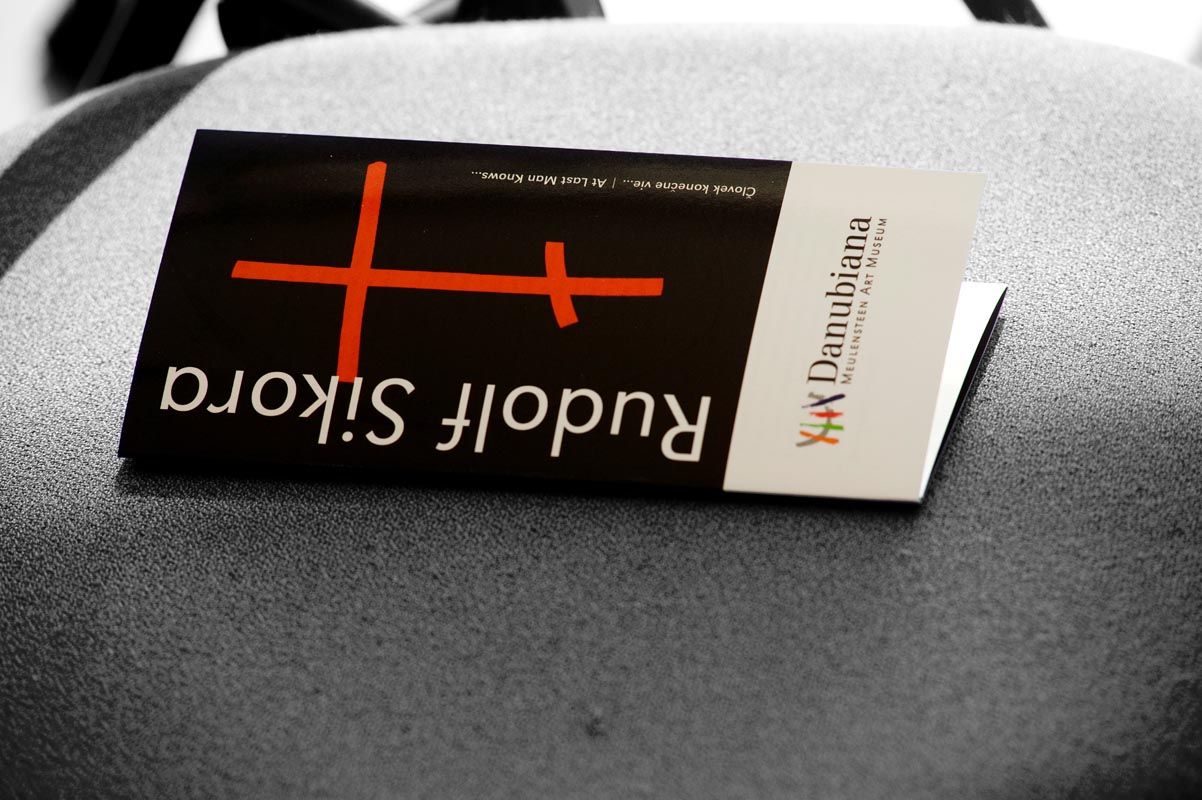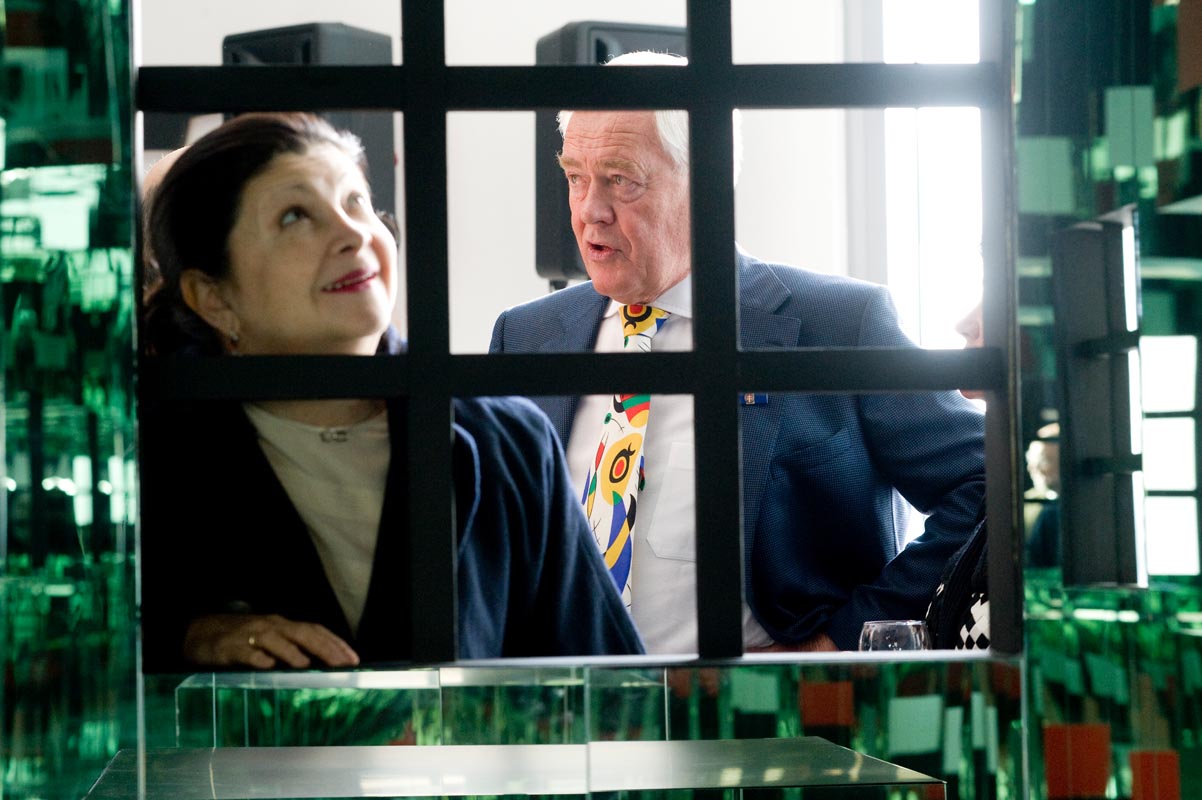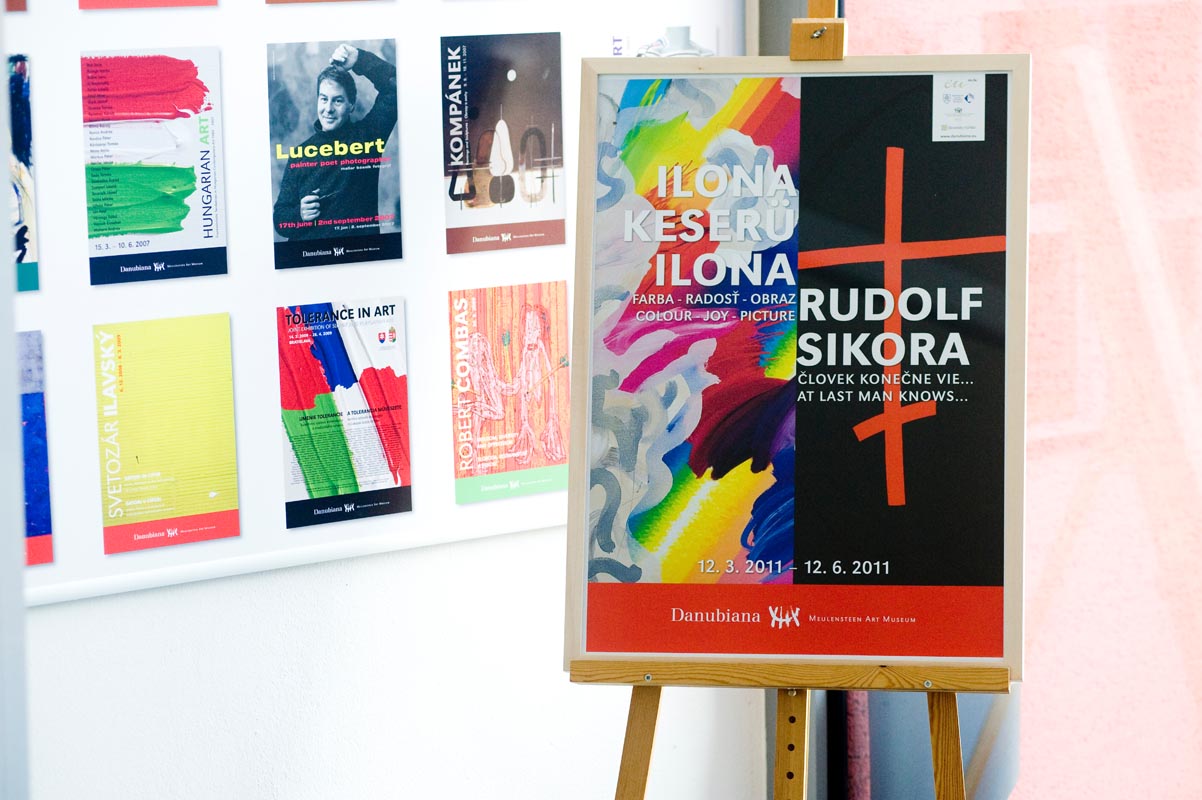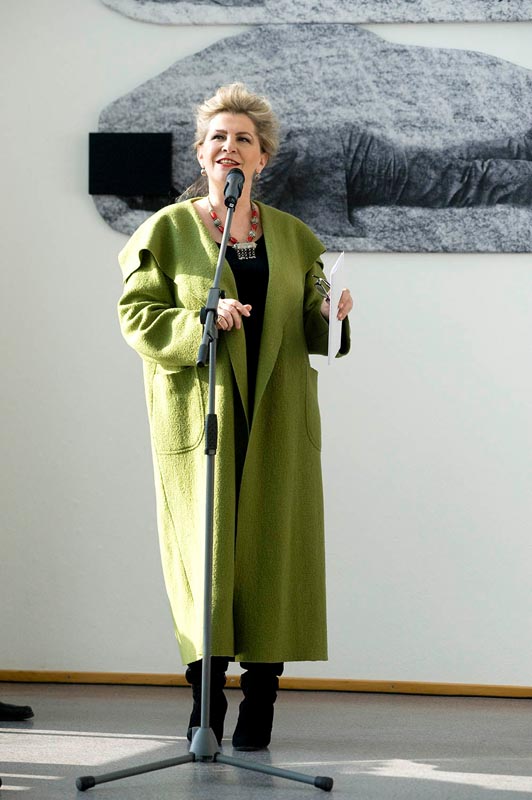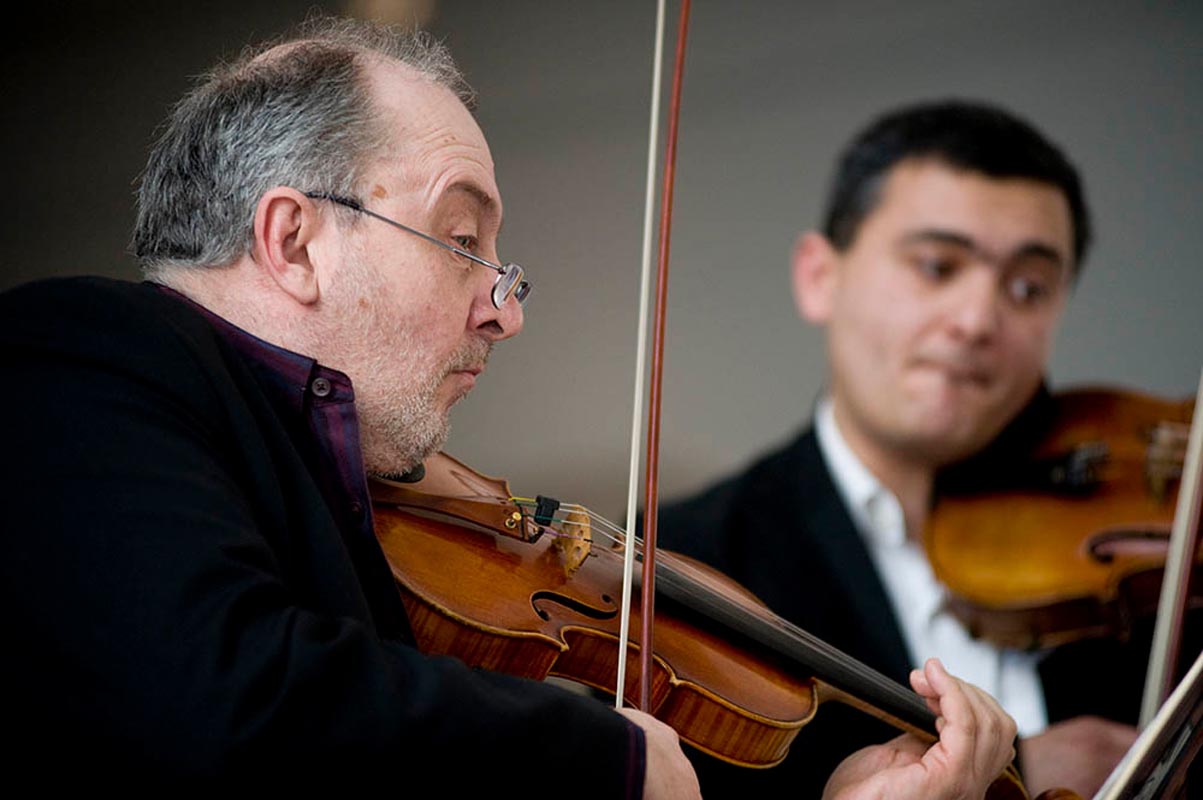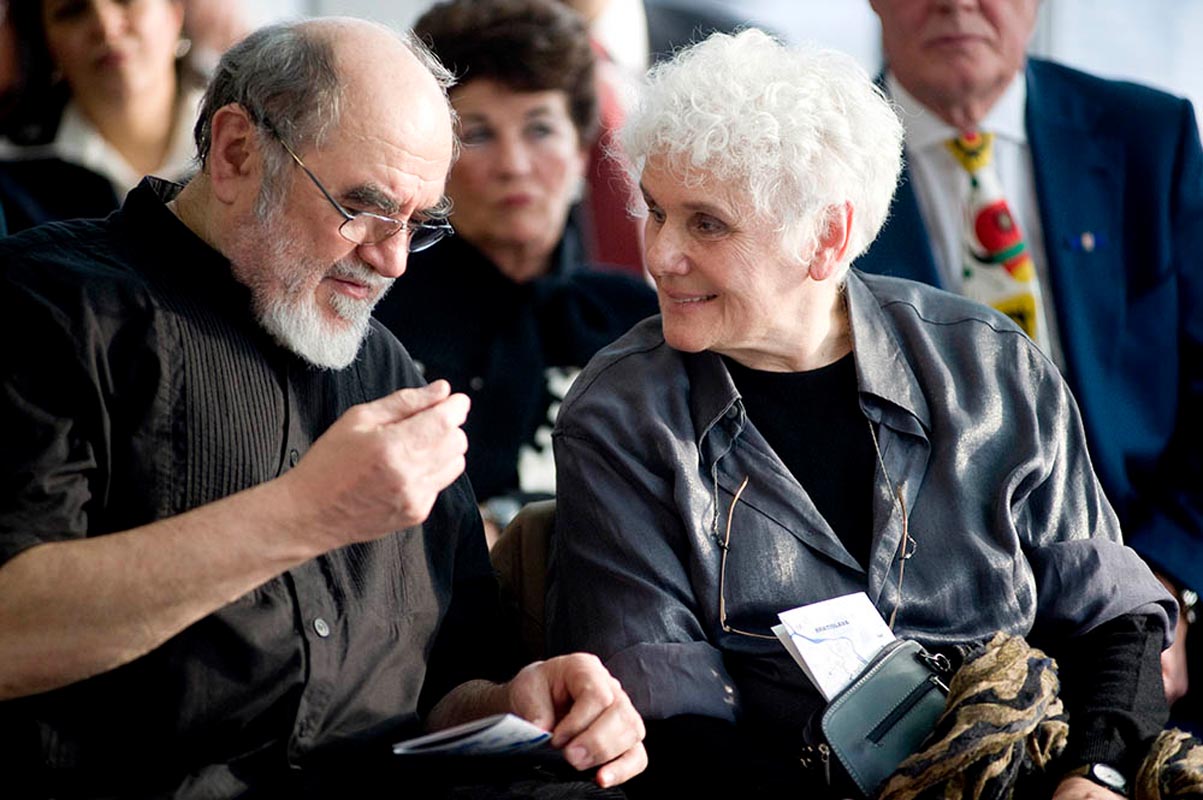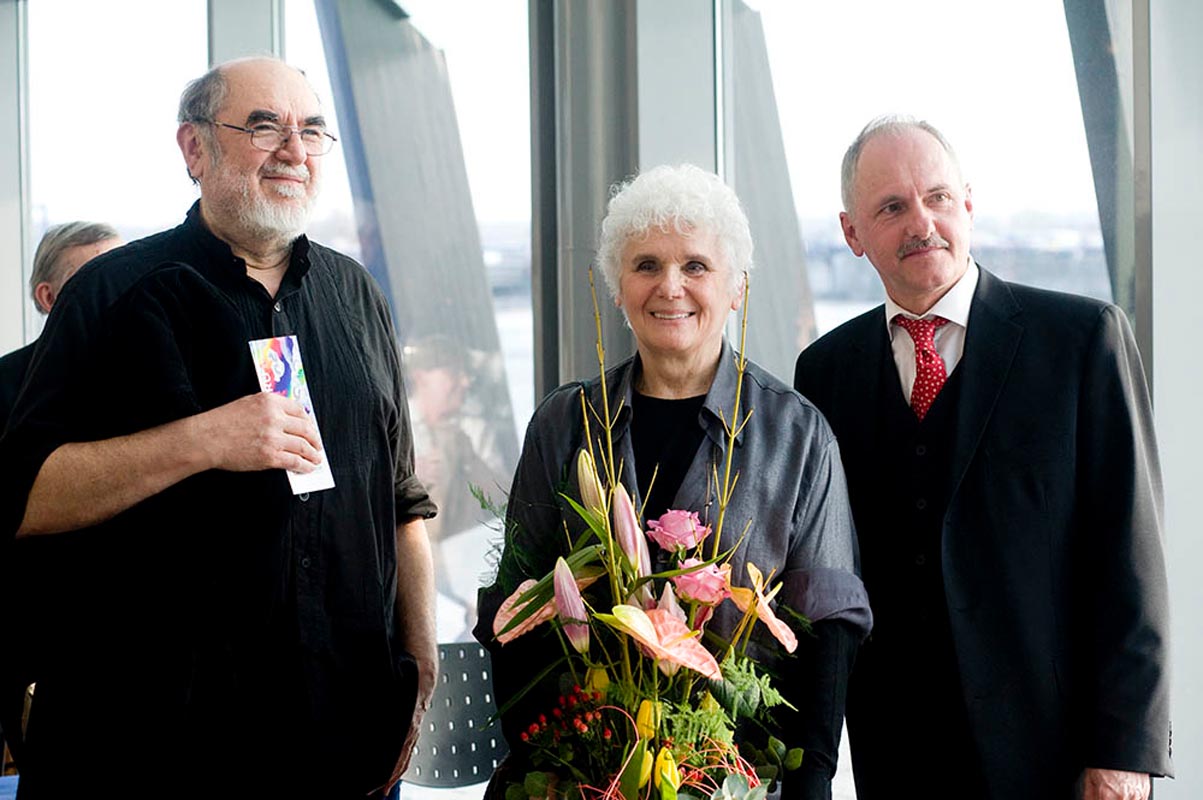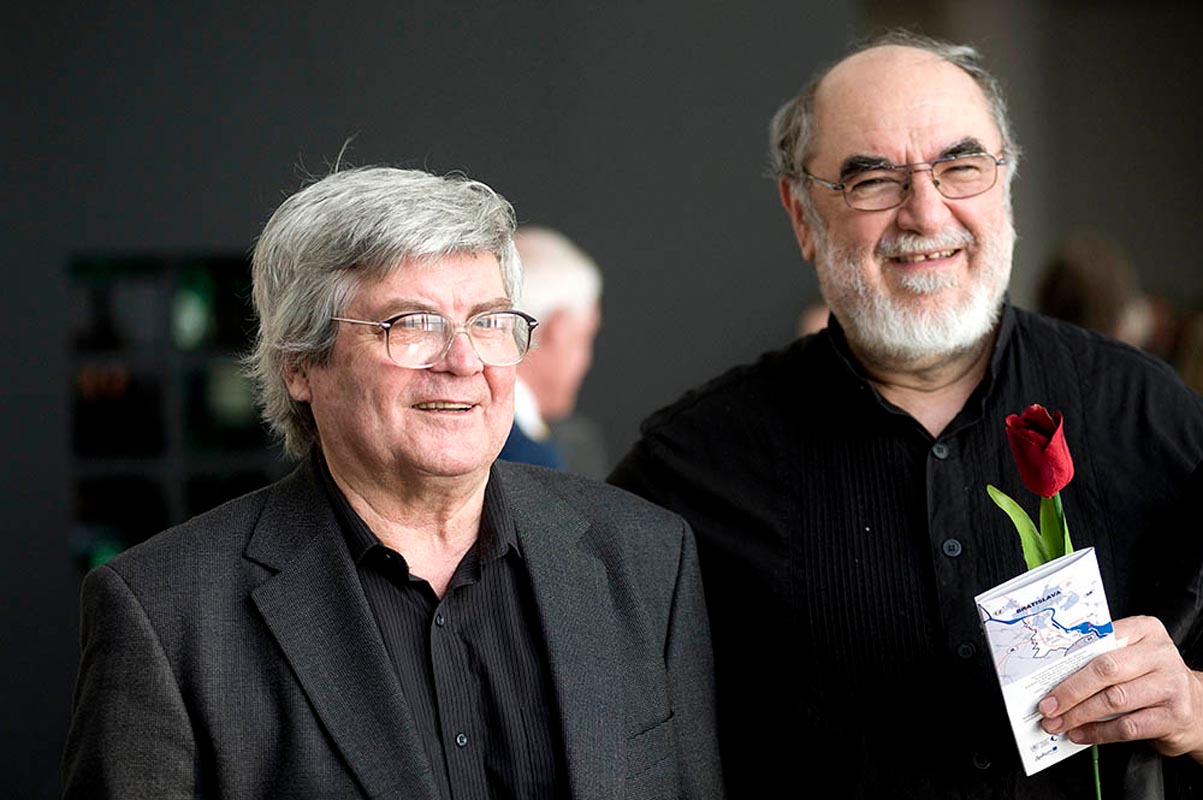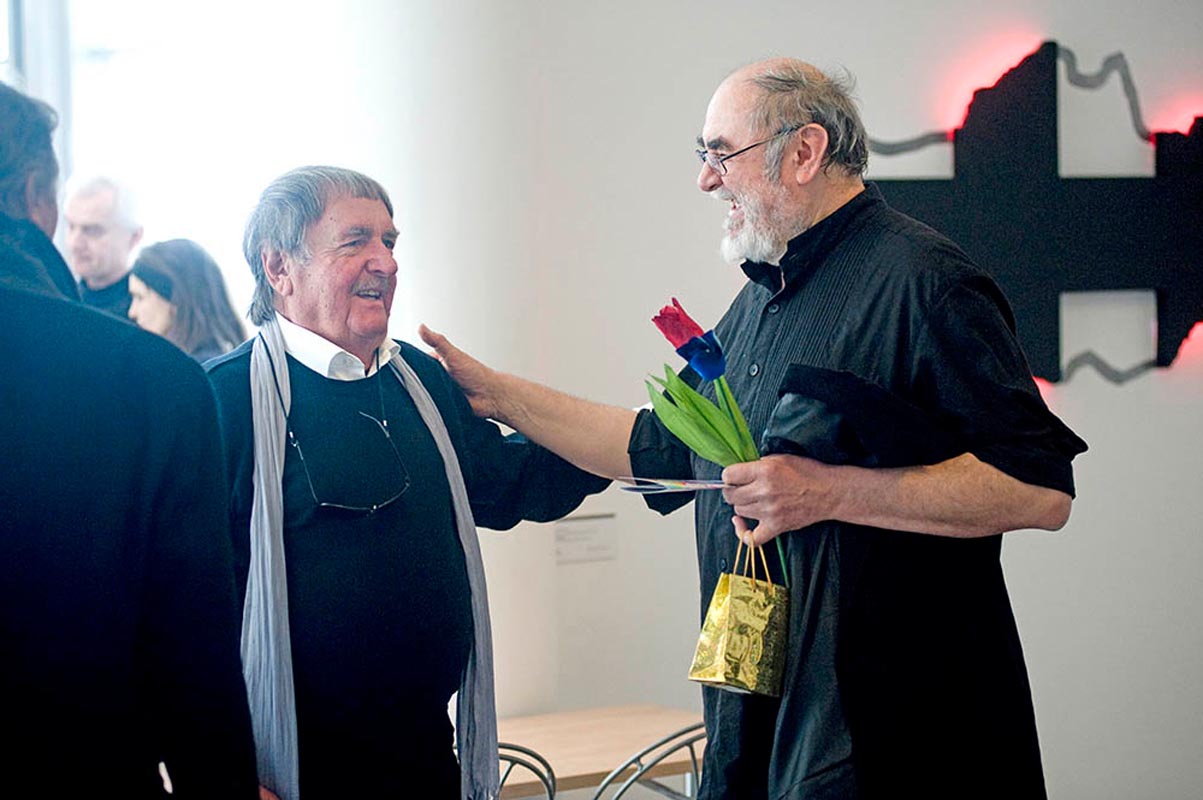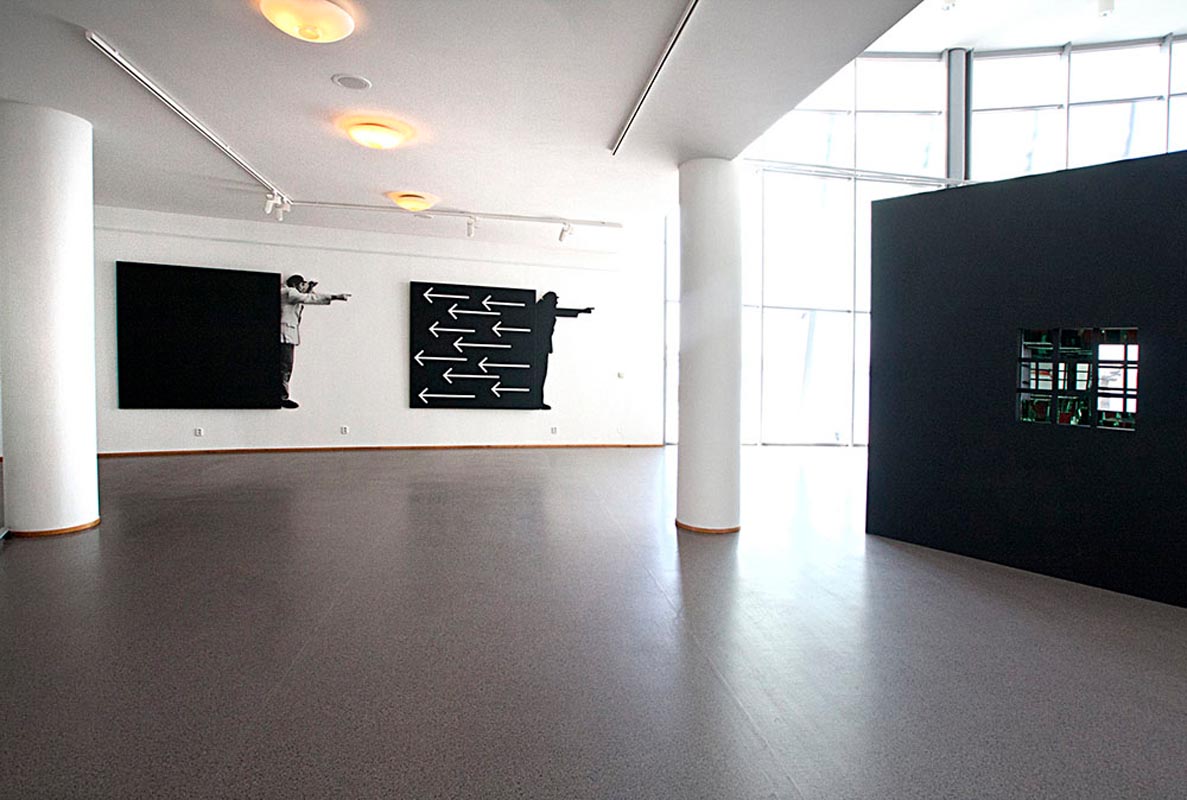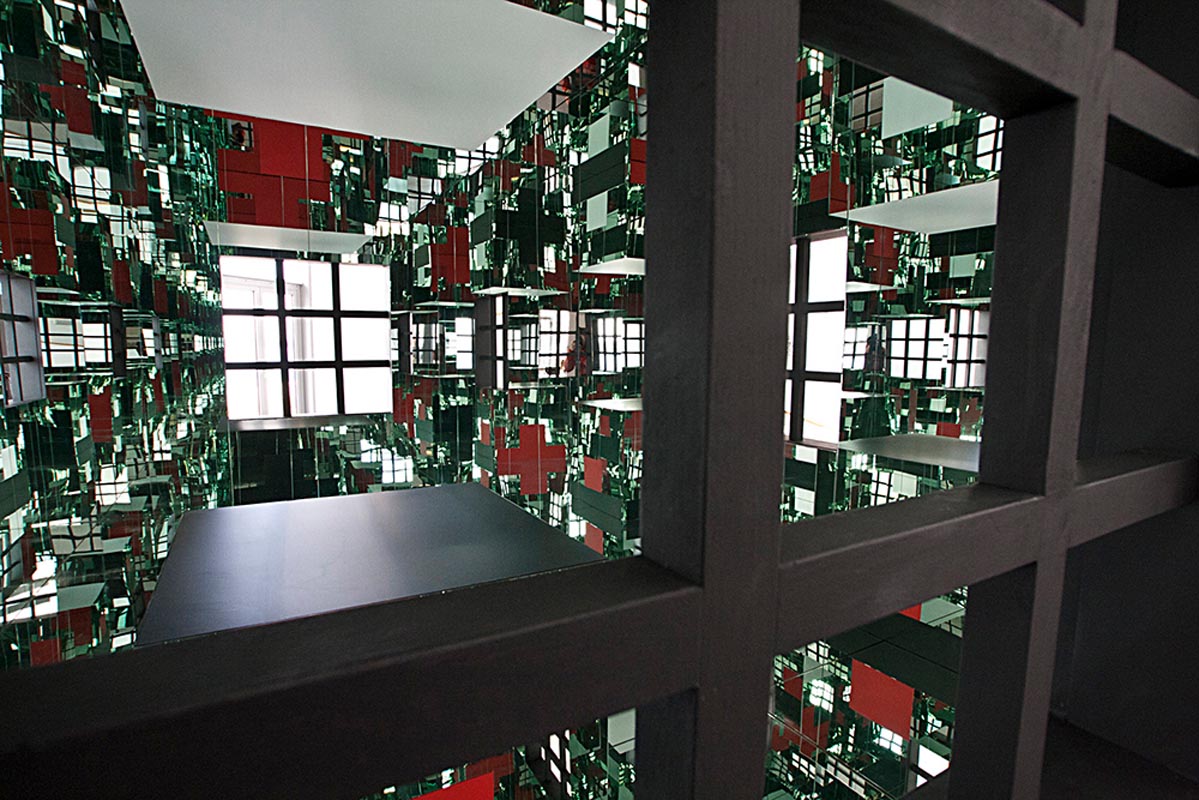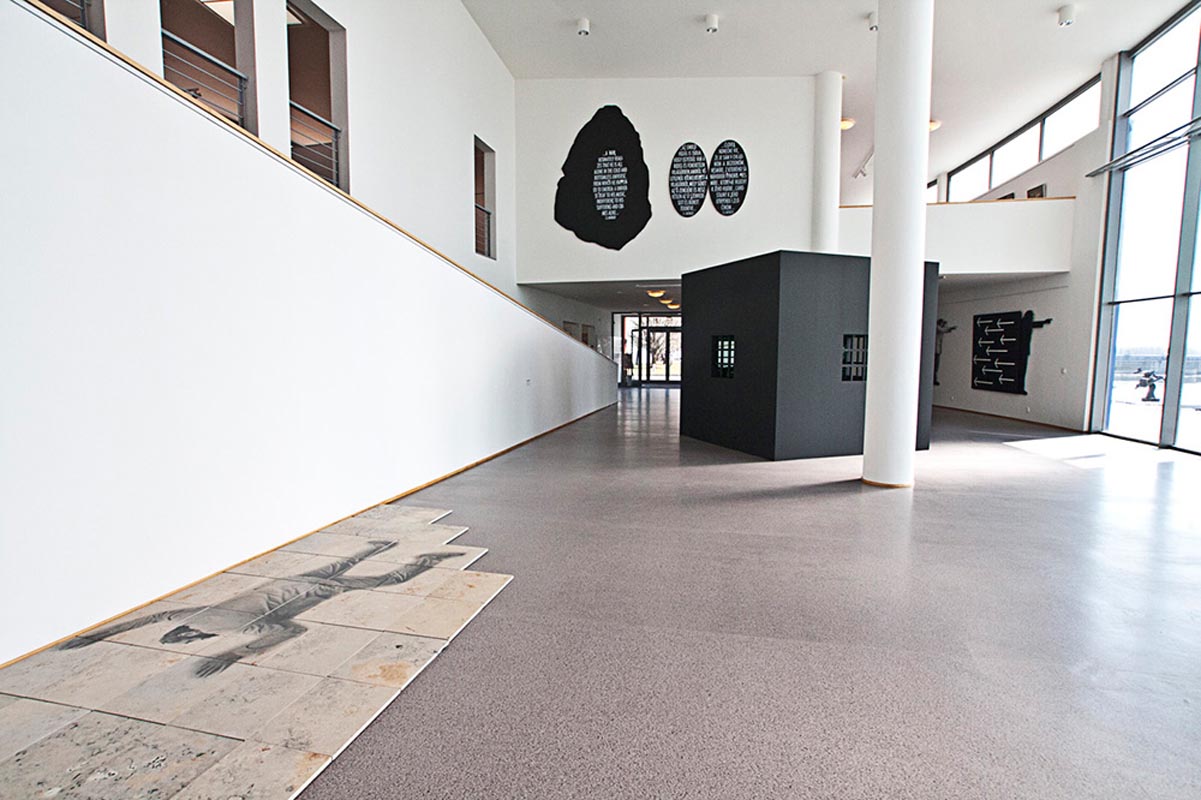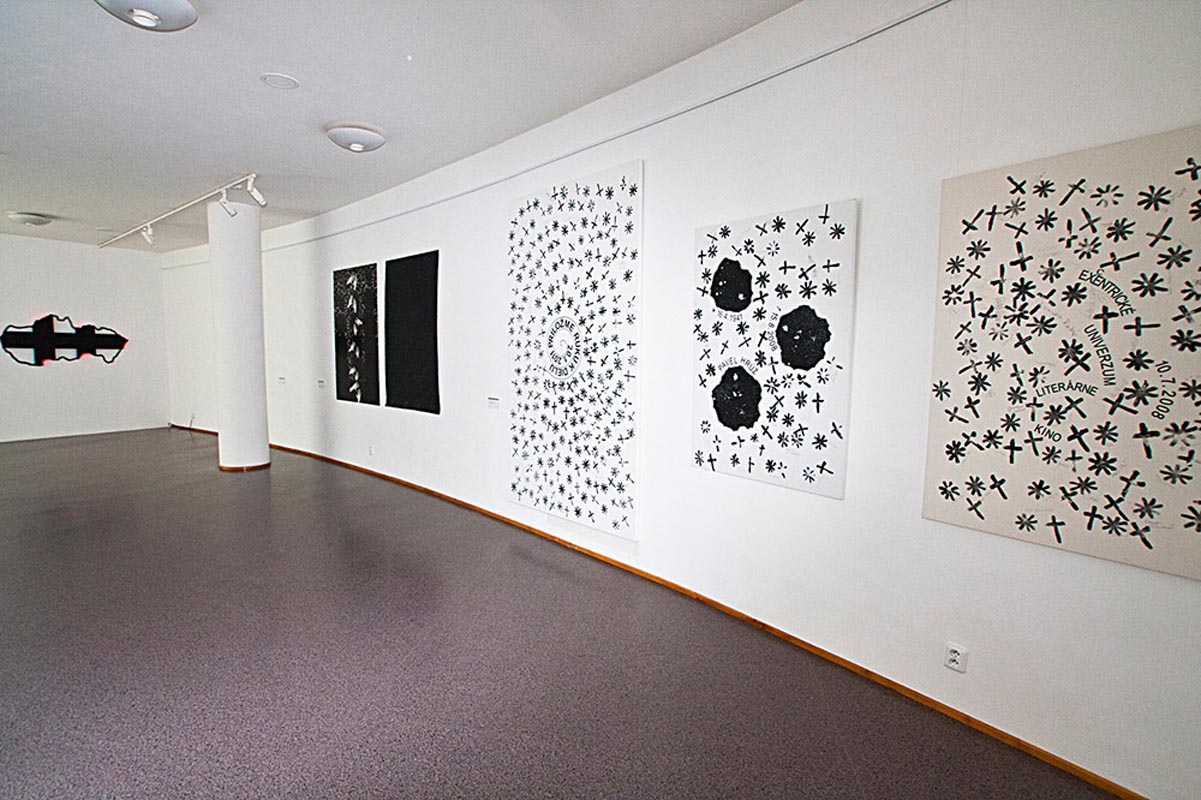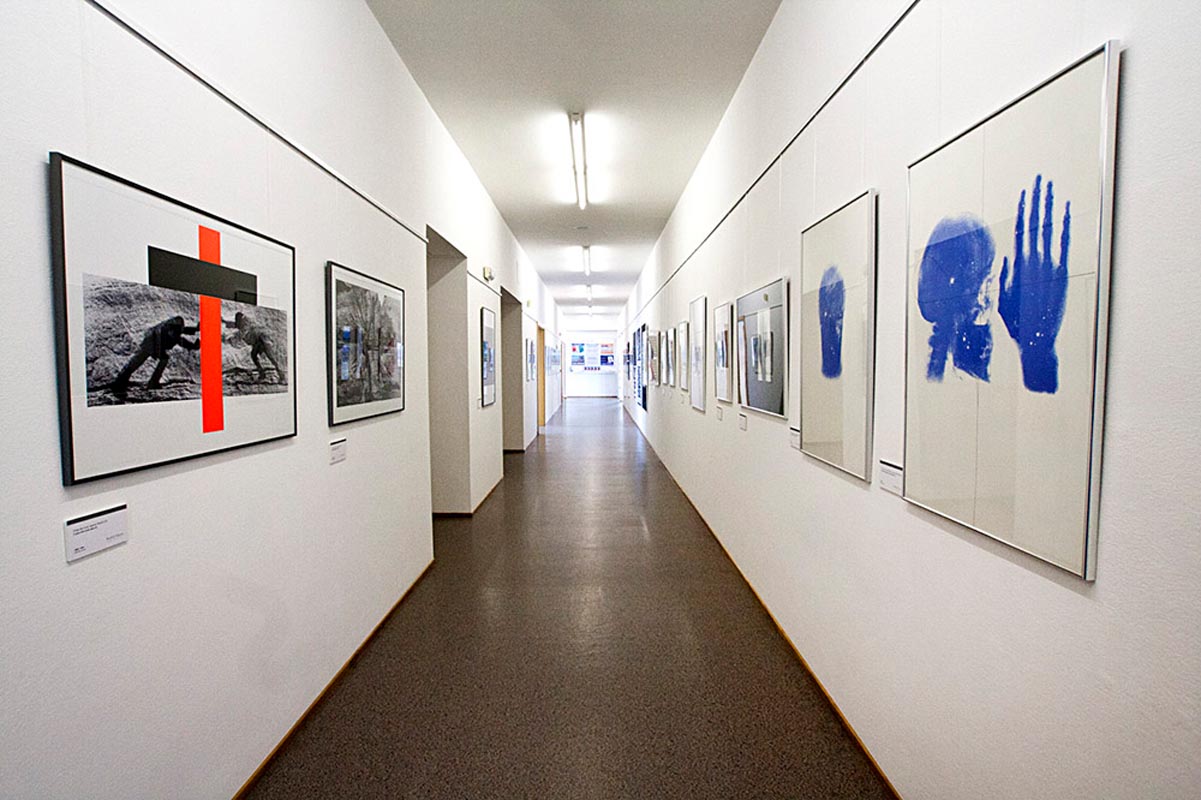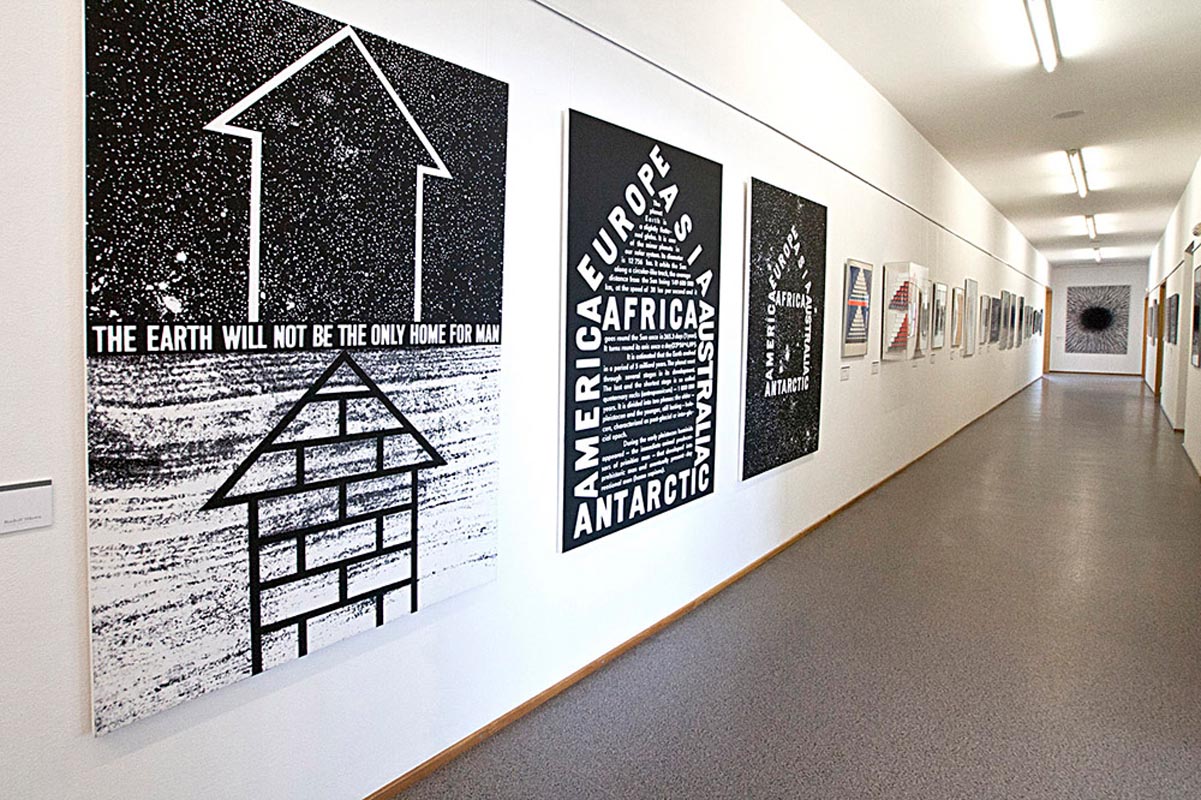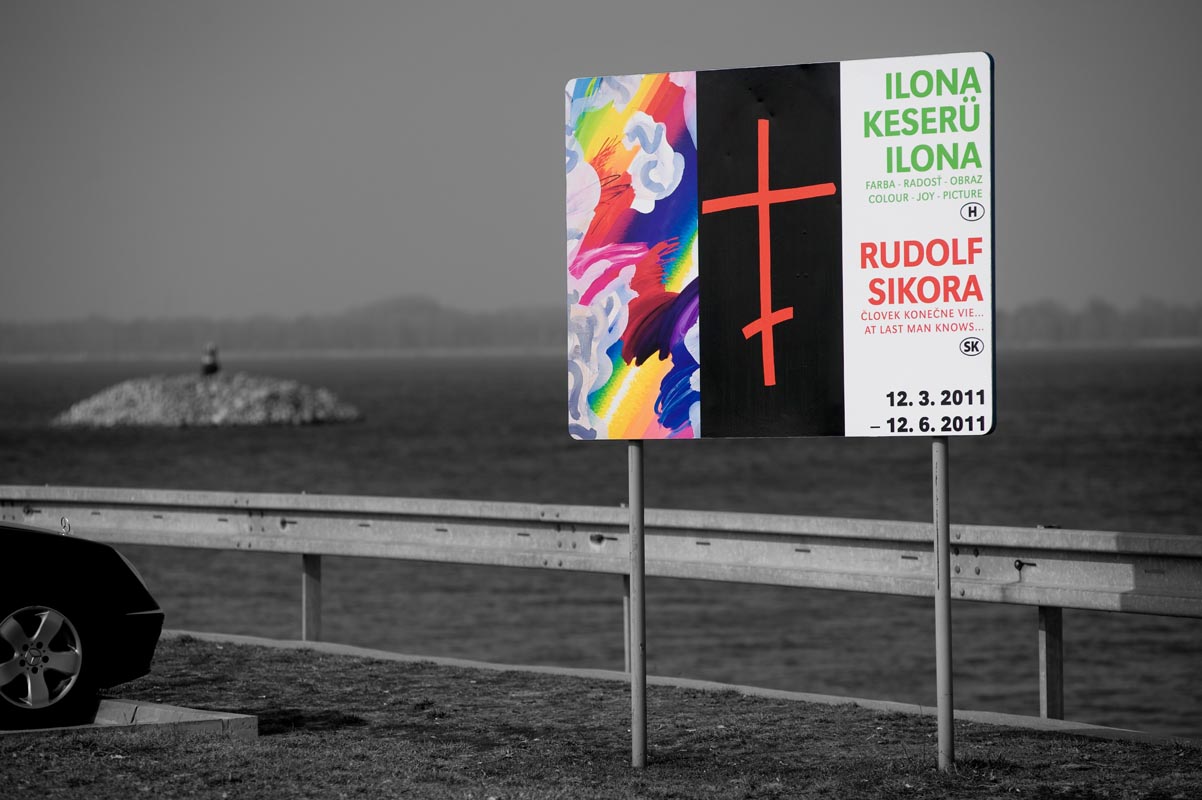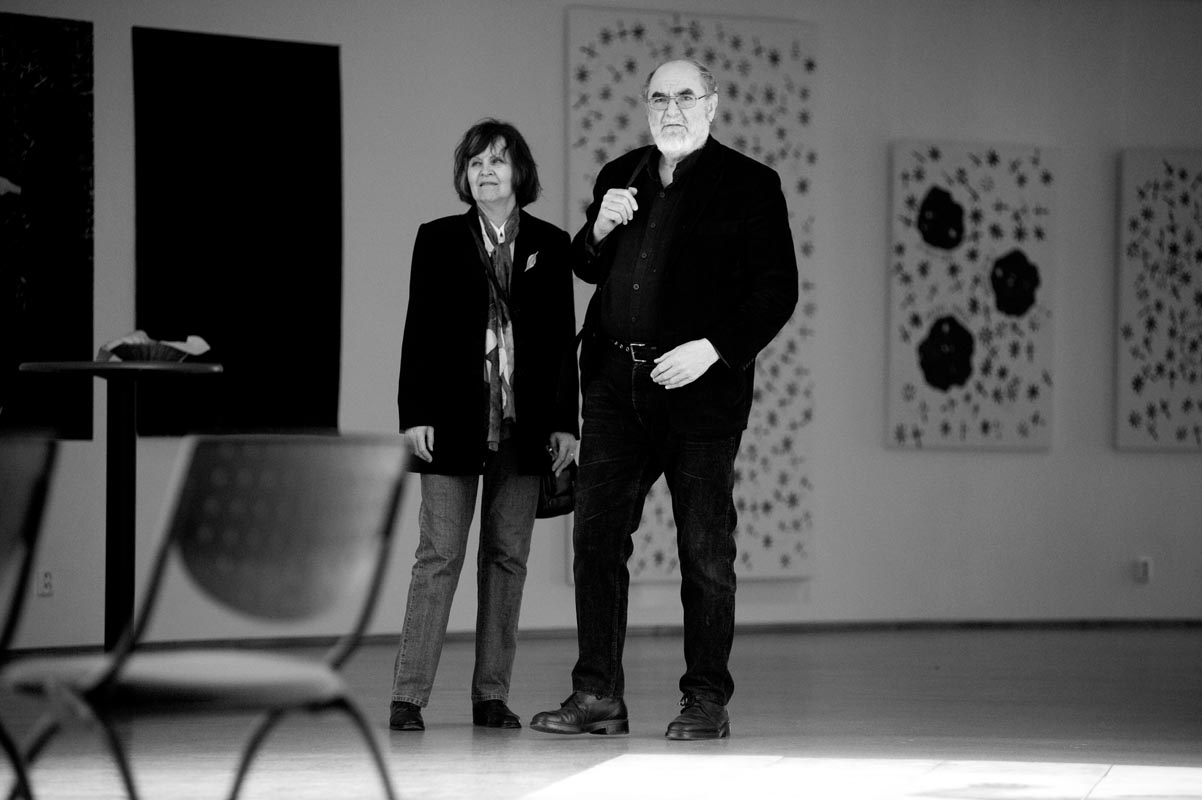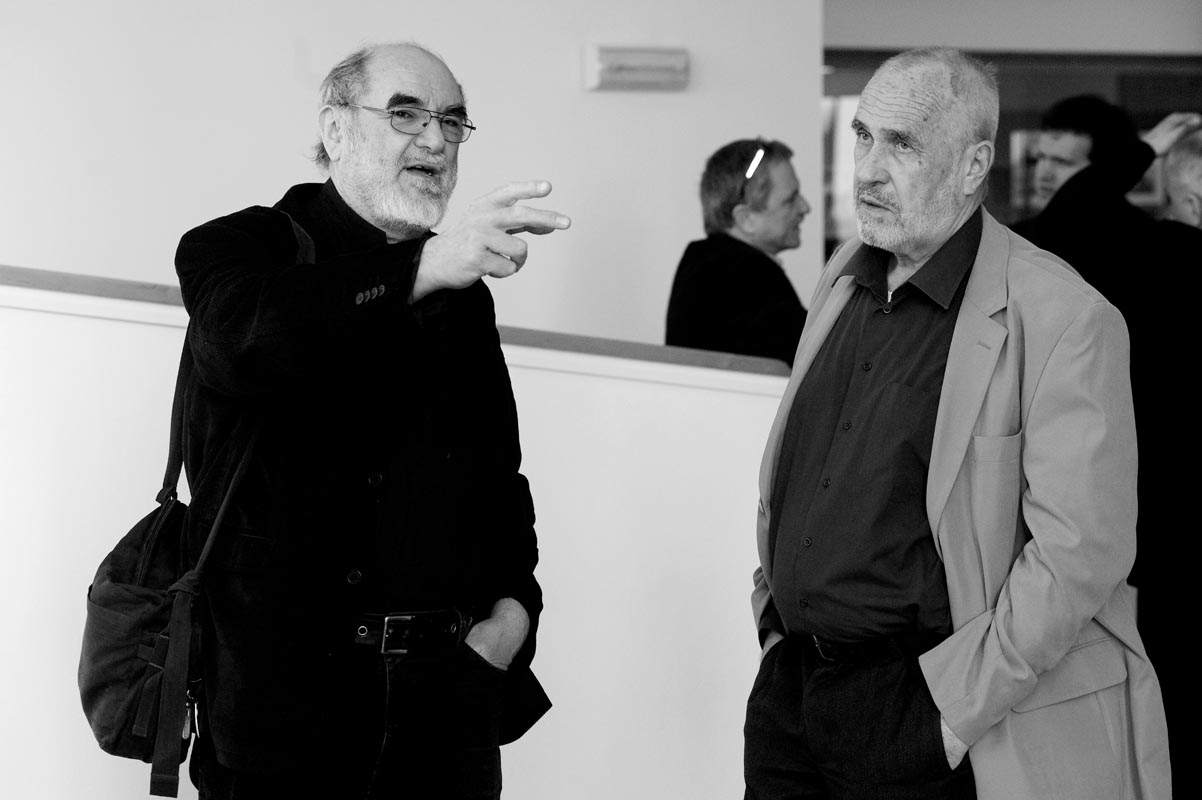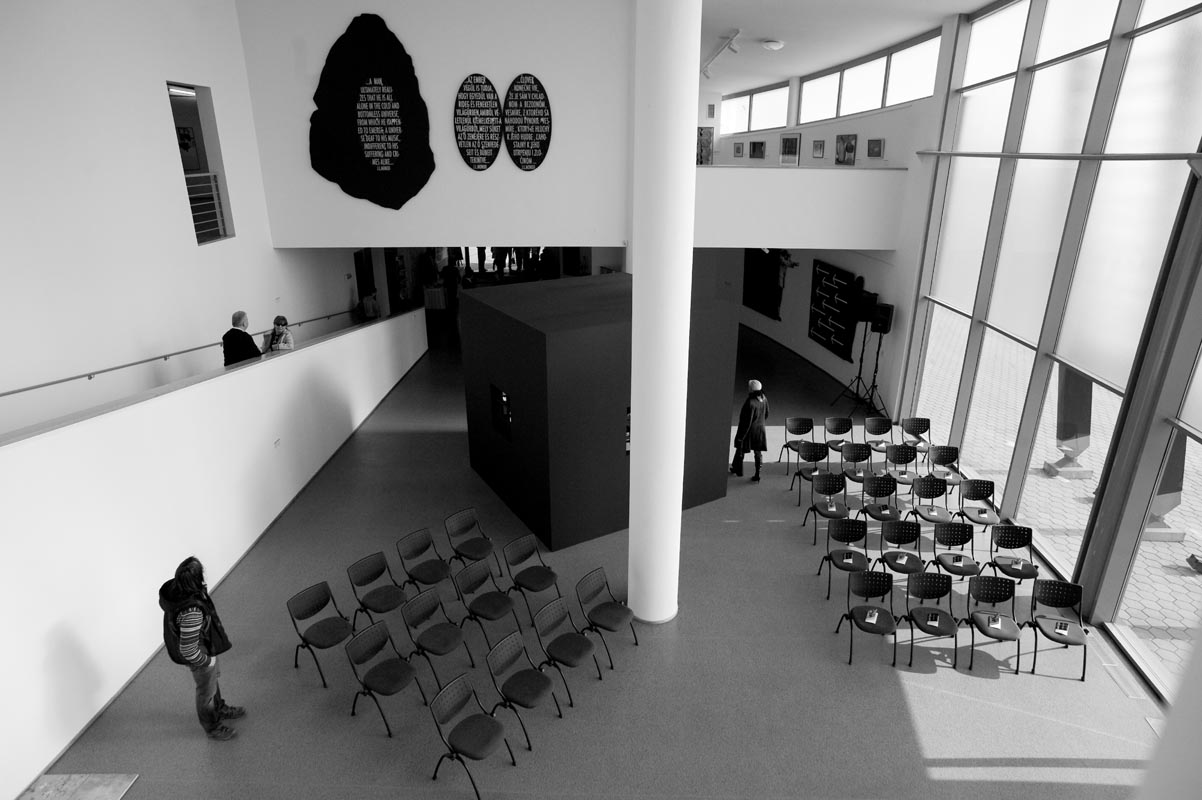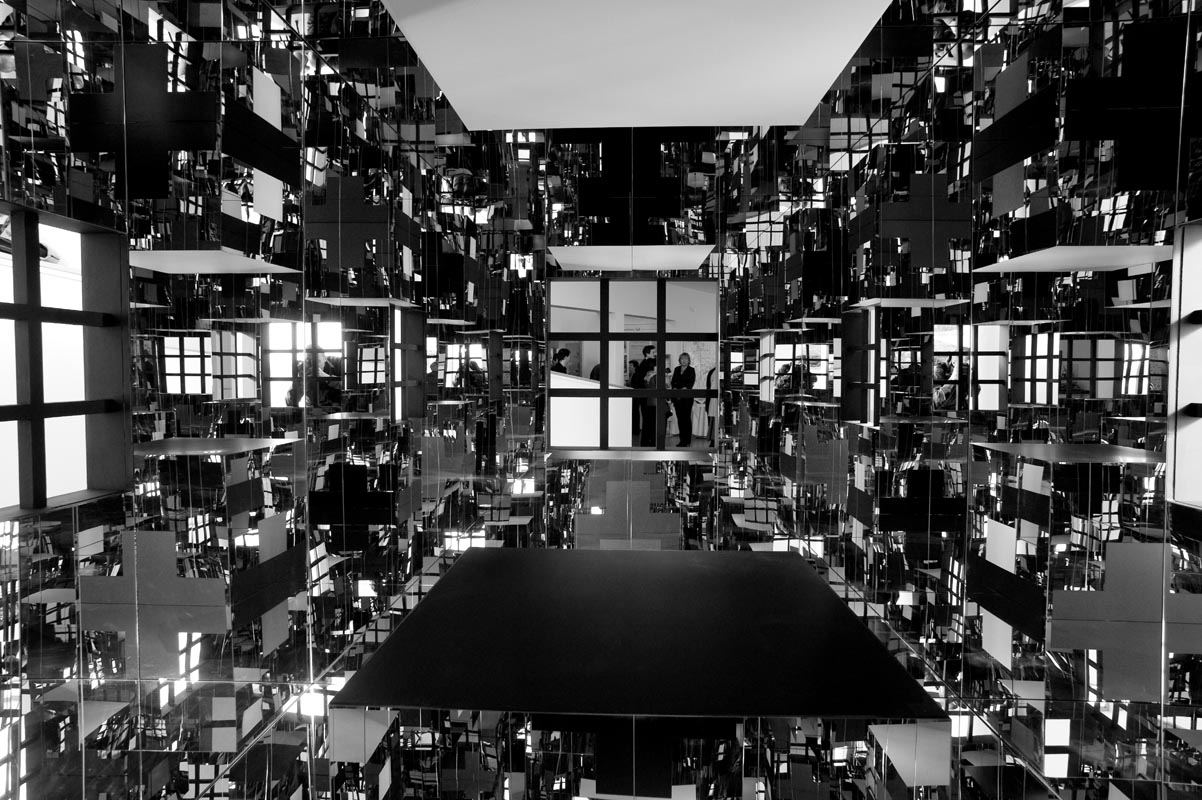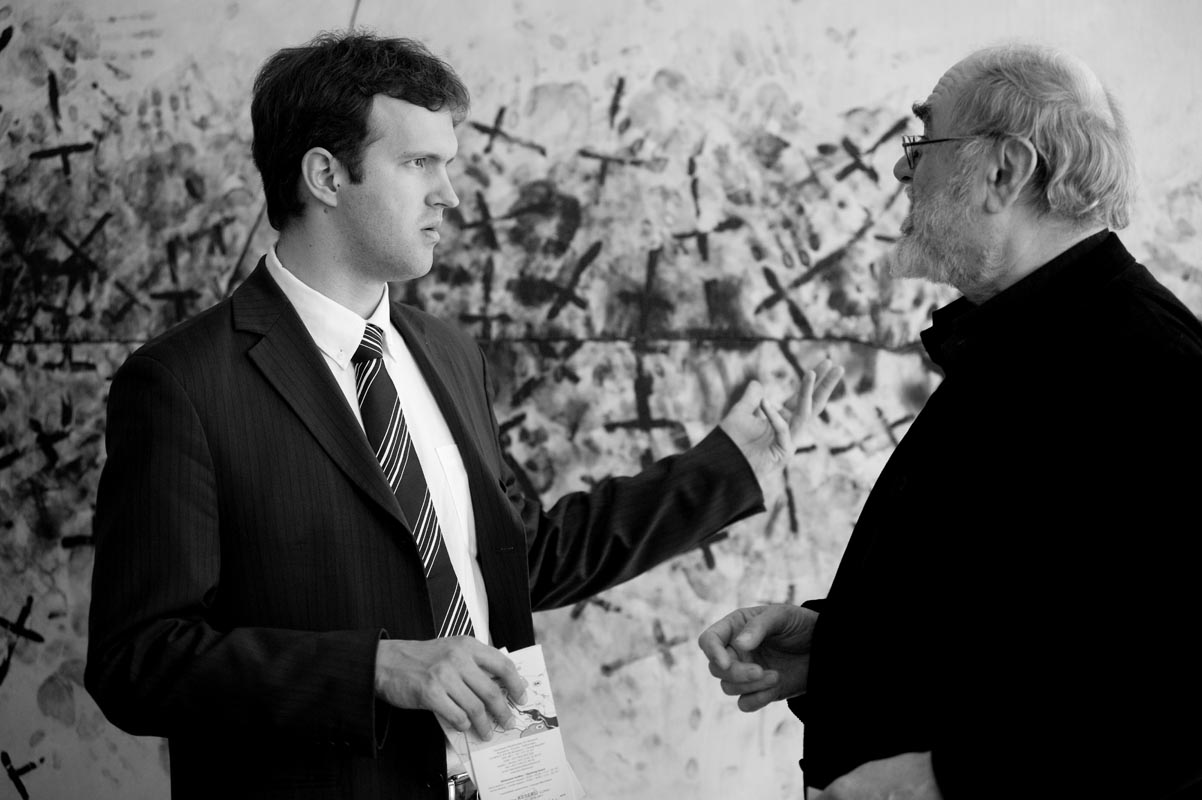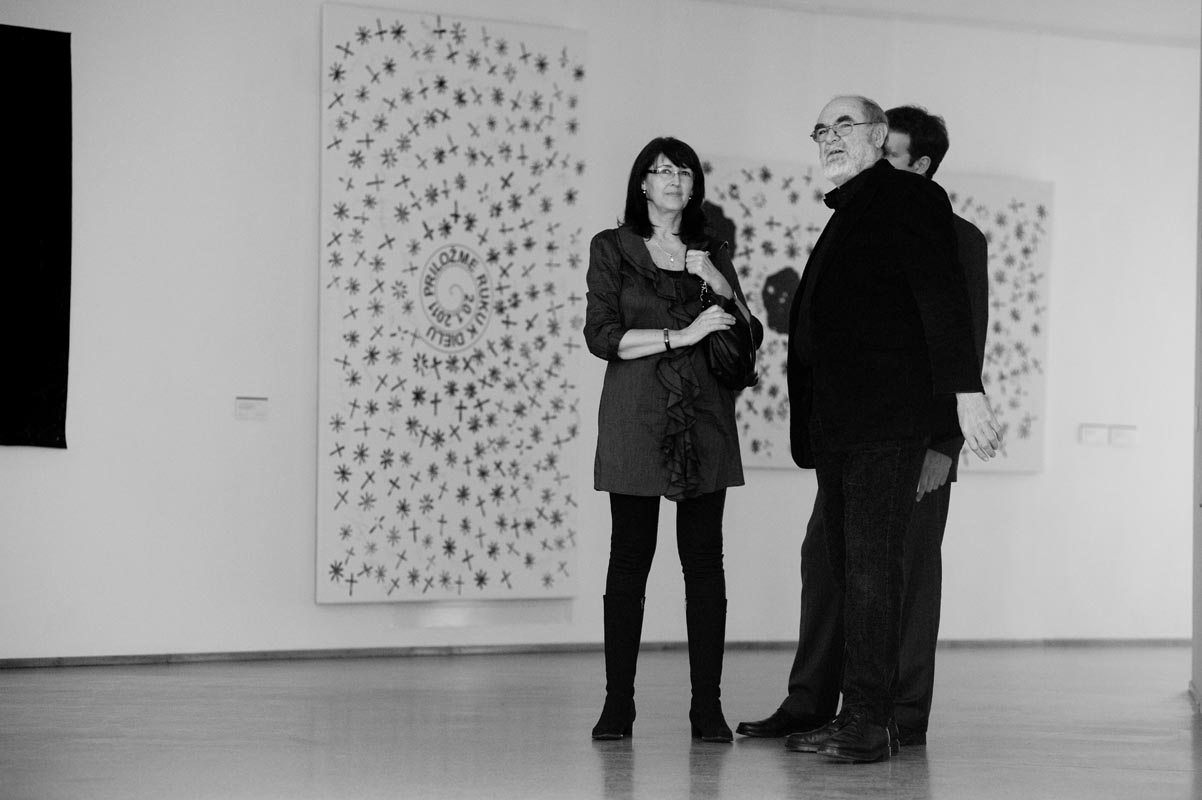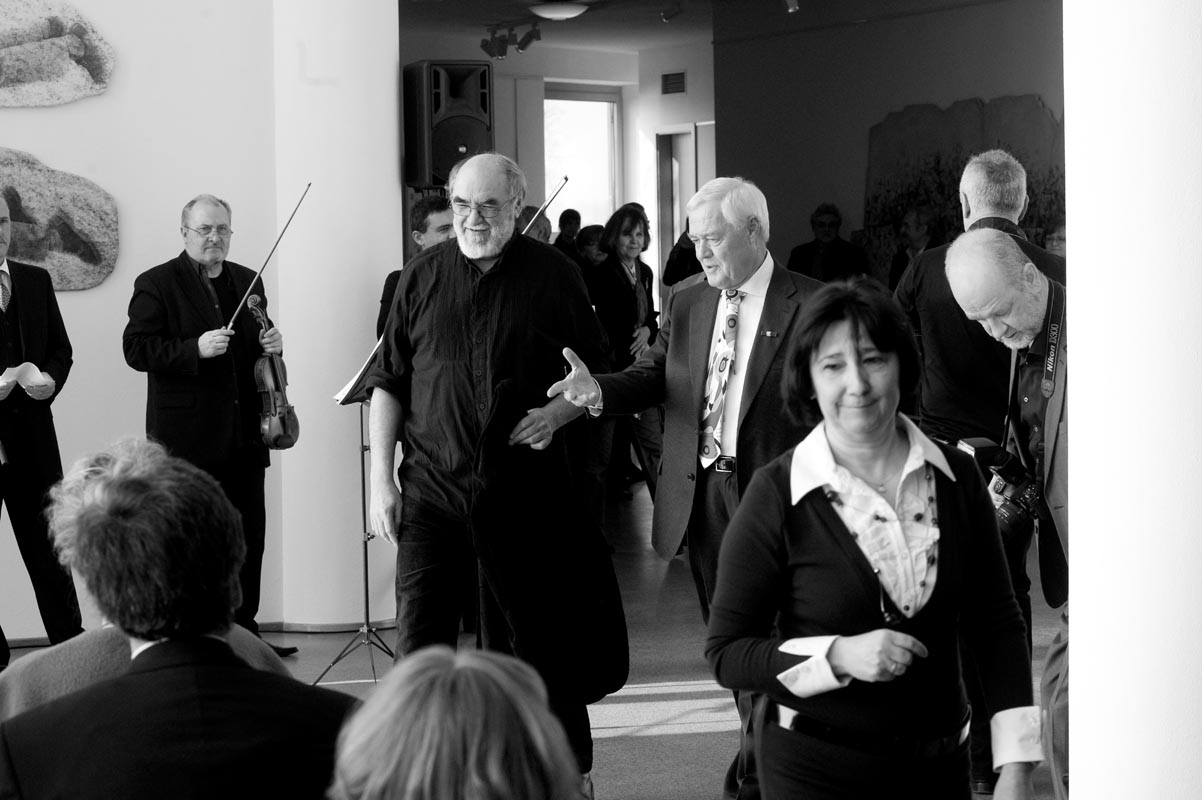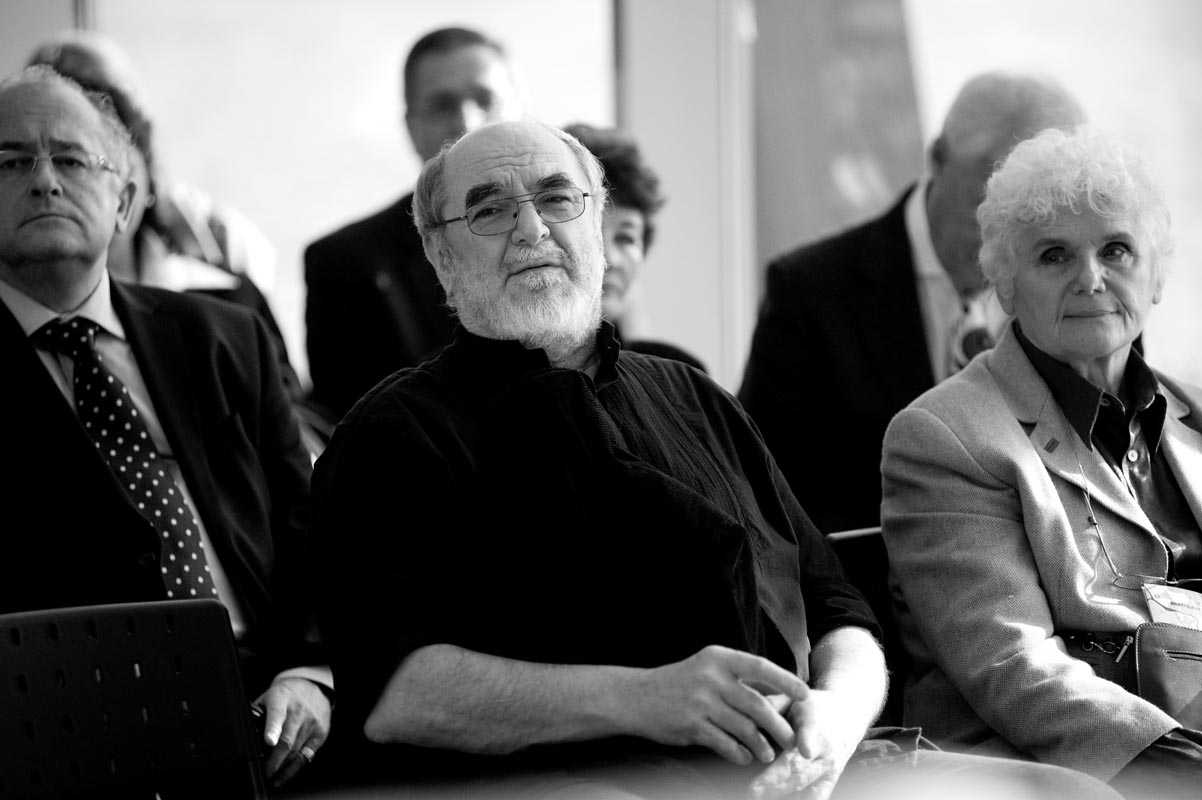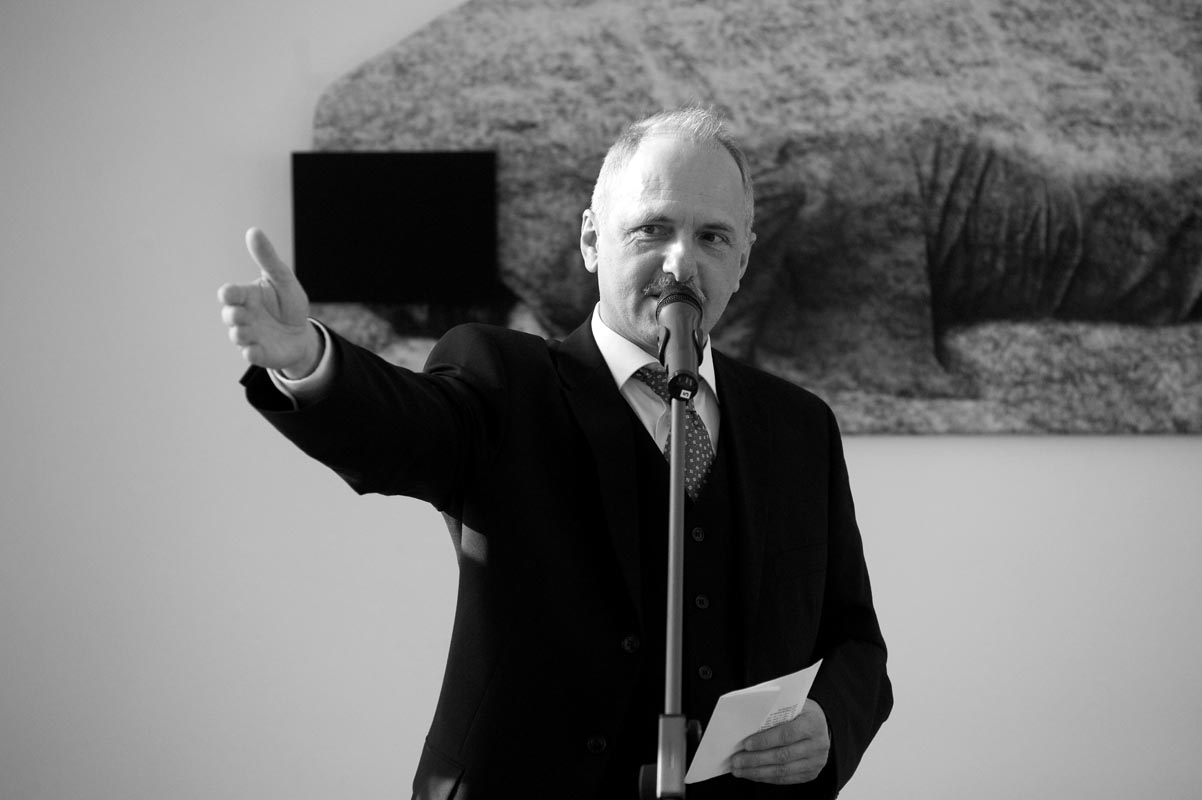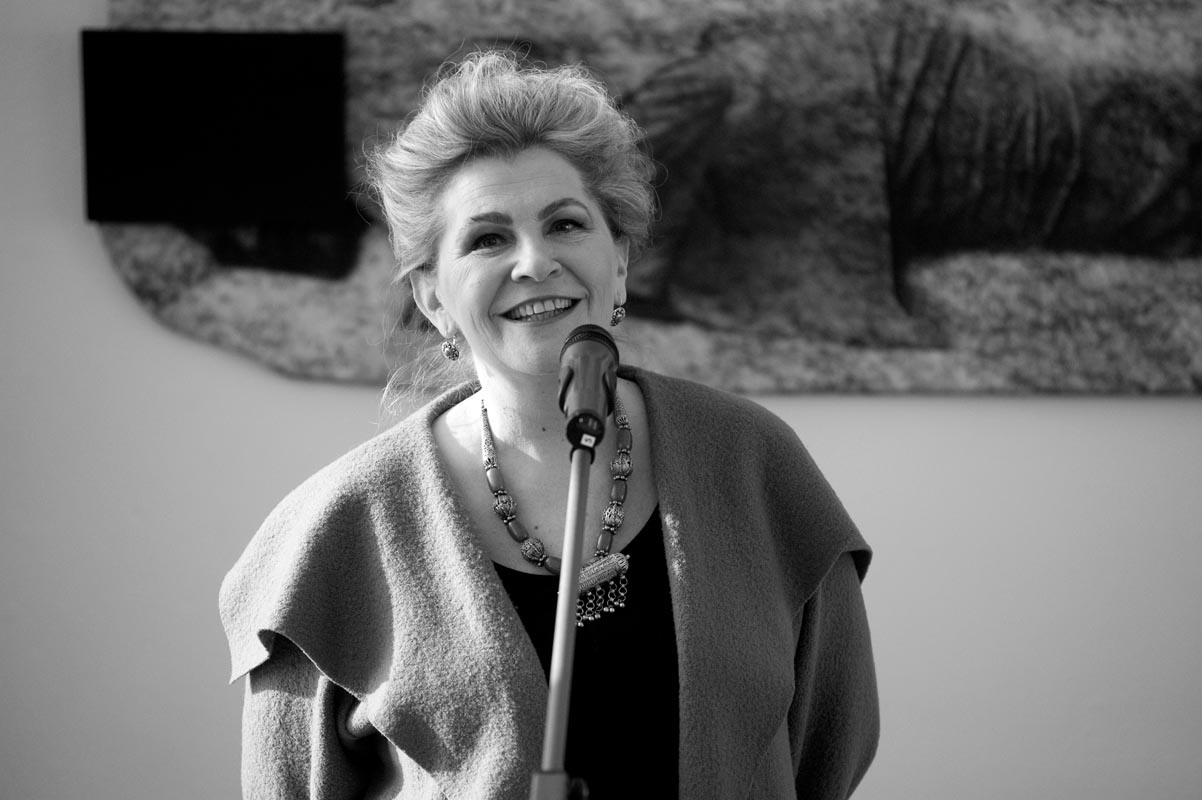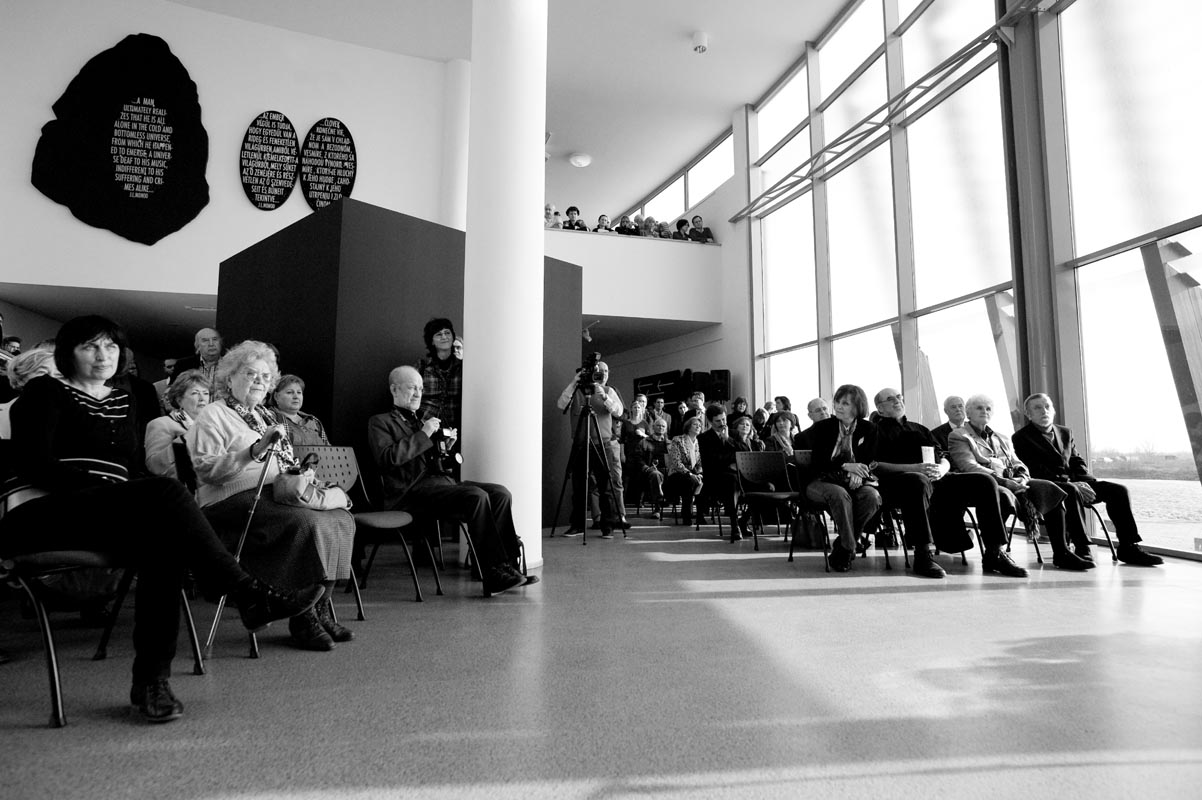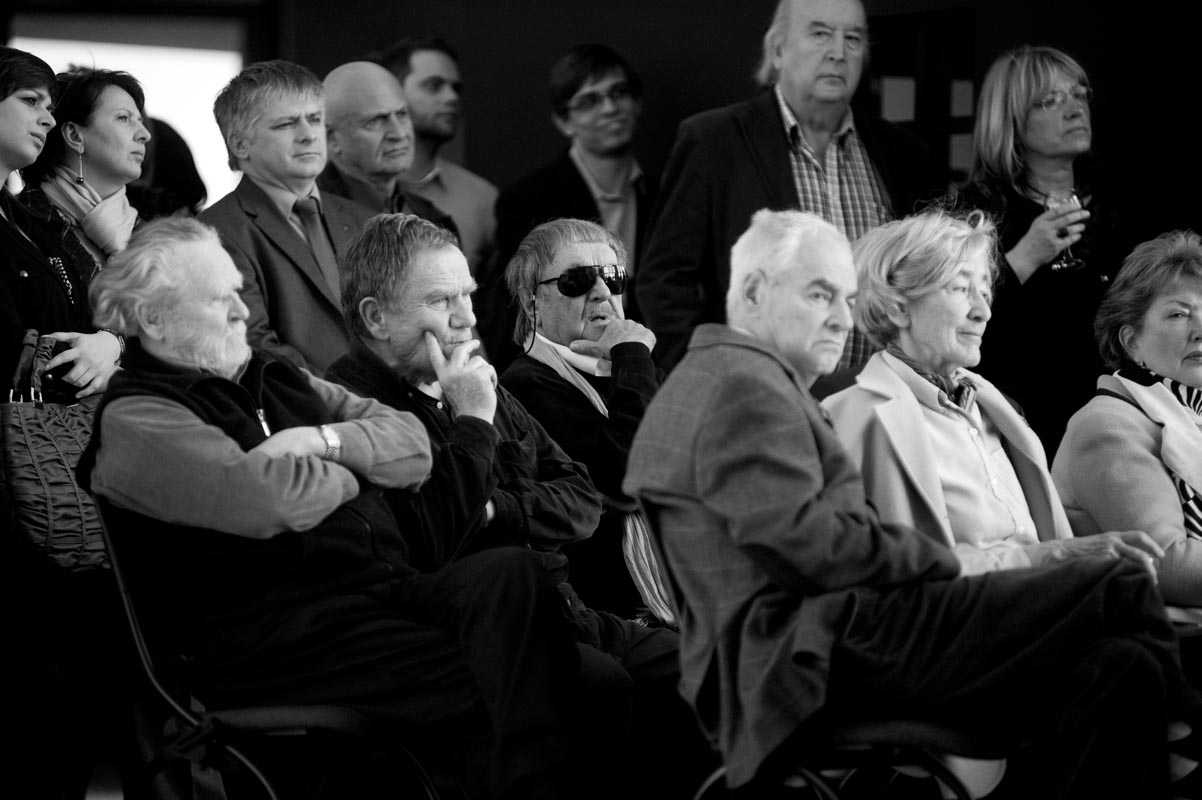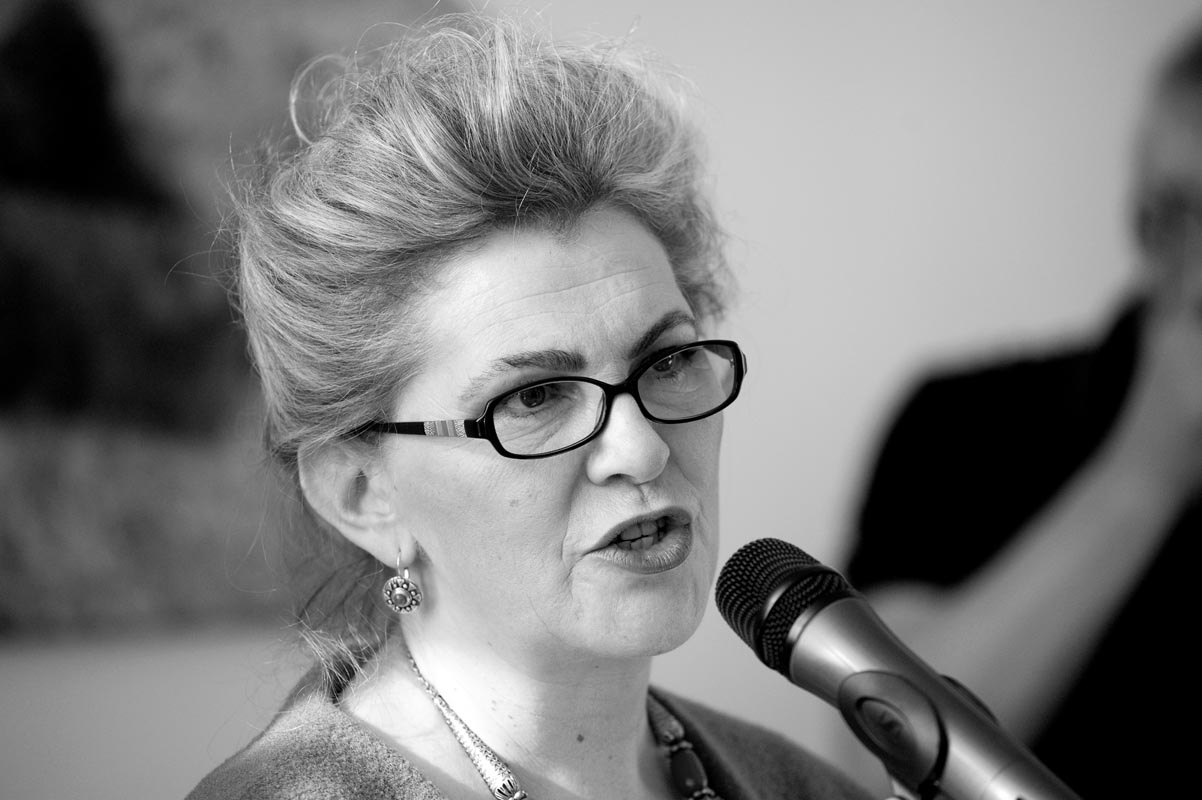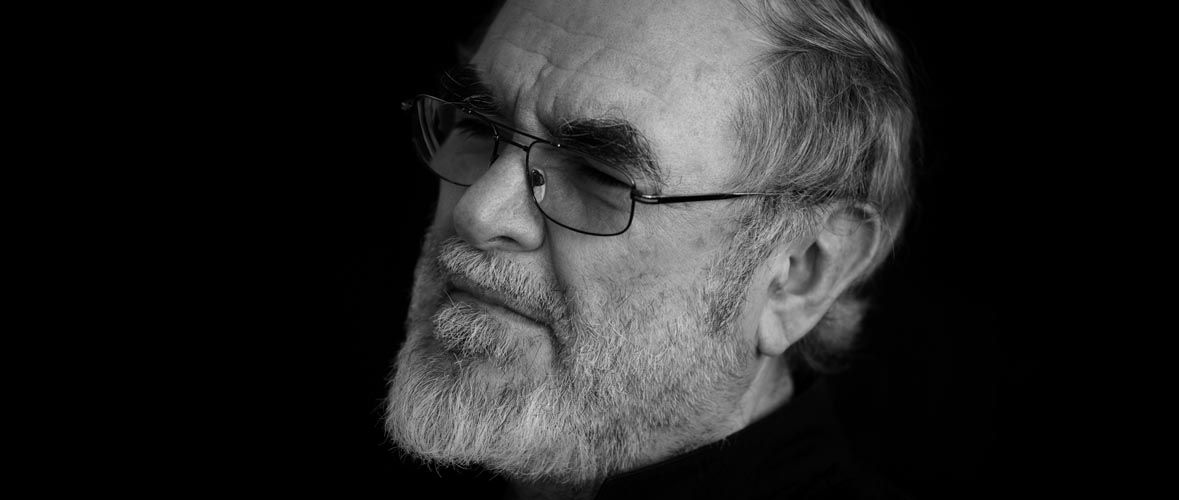

Who or more precisely, what convinced Rudolf Sikora, an eternal rebel known for his uncompromising artistic and public stance, to accept an invitation to show his exhibition at the Danubiana? First and foremost, it was an exciting personal challenge to enter, ‘here and now’, a mutual creative dialogue with the painter Ilona Keserü, a major figure of the Hungarian neo-avant-garde.
The great man of Slovak art, who has created an awe-inspiring oeuvre, large not only by its range and dimen¬sions, but also by the power and originality of its artistic message, is exhibiting, after two retrospectives at the National Gallery in Prague (2006) and at the Slovak National Gallery in Bratislava (2008), a ‘fragment’ of his work rather corresponding to a “selection from work” genre. It focuses on several key issues of his work, ranging from the 1970s to the present, particularly on ecology, cosmology, social activities, but also on several new works to be premiered at the Danubiana. He usually conceives an exhibition of his works as a unique complex work created and tailored to the scale of a specific space. His work particularly shows the processual unity of imagery or, to say otherwise, the “inner universe”, wanderings, transformations and sedimentations of energies embodied in the characteristic motifs and signs.
Sikora’s world has never been devoid of a measure of pathos – though he has always compensated for it with economy, austerity of the visual expression – and ethical concern. It seems that today his reflections on himself, on man, society, mankind and space show much more distance, questions, darkening and uncertainty. Although Sikora’s gesture of the artist – creator is still bursting with boundless energy and the “interplanetary” expansion, man – the terrestrial continues to doubt, unceasingly reflecting on the sense (end?) of our journey. What does he actually know…
Katarína Bajcurová
Rudolf Sikora was born on April 17, 1946 in Žilina. He has been one of the most original figures of Slovak visual art since the early 1970s. During the Normalisation period he was active in the unofficial – alternative art scene. On his own initiative, the 1st Open Studio was held at 32 Tehelná Street in Bratislava (November 19, 1970), heralding the arrival of a strong generation of conceptual artists. He also initiated a meeting at the Slovak Arts Association on November 19, 1989, at which the Public against Violence movement was founded. For a short period he was politically active, and since then he has been an ardent (and critical) commentator of politics. He co-founded the Syzýgia group (1988). Sikora studied at the Academy of Fine Arts in Bratislava under Prof. Dezider Milly and Prof. Peter Matejka (1963 – 1969), and was professor in the Department of Painting (1990 – 2004) there. He has been teaching at the Faculty of Arts of the University of Technology in Košice since then. He lives in Bratislava.

